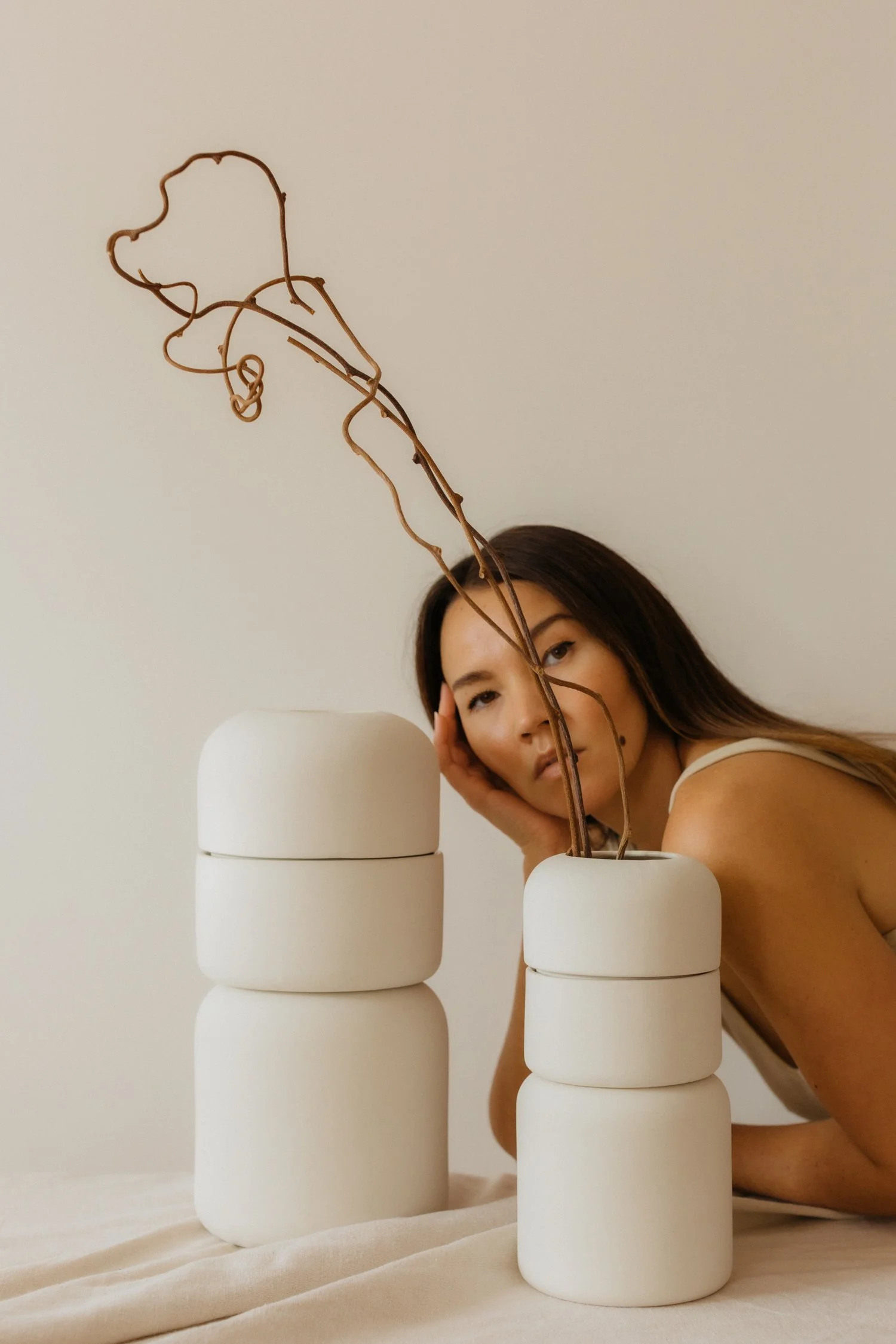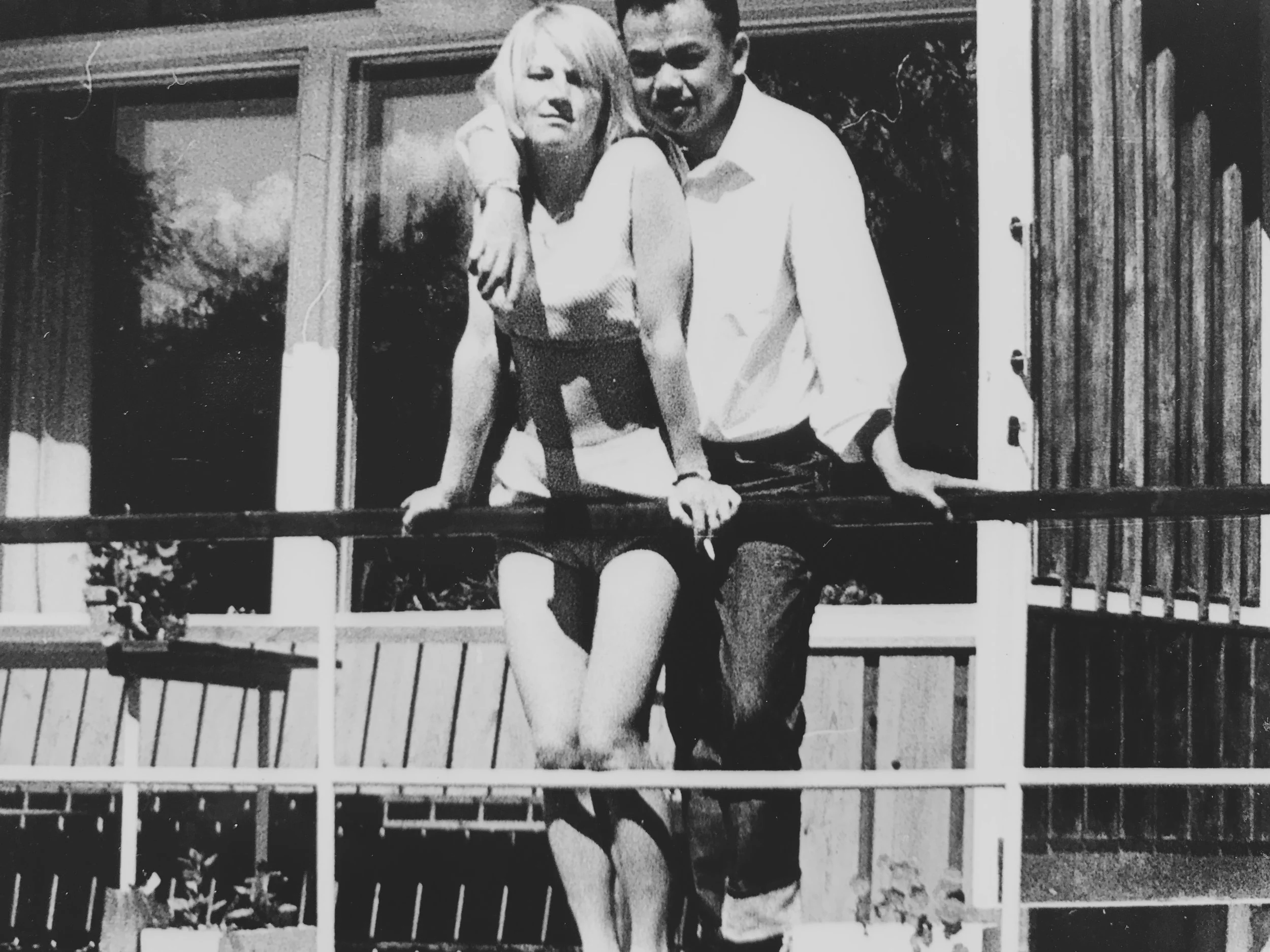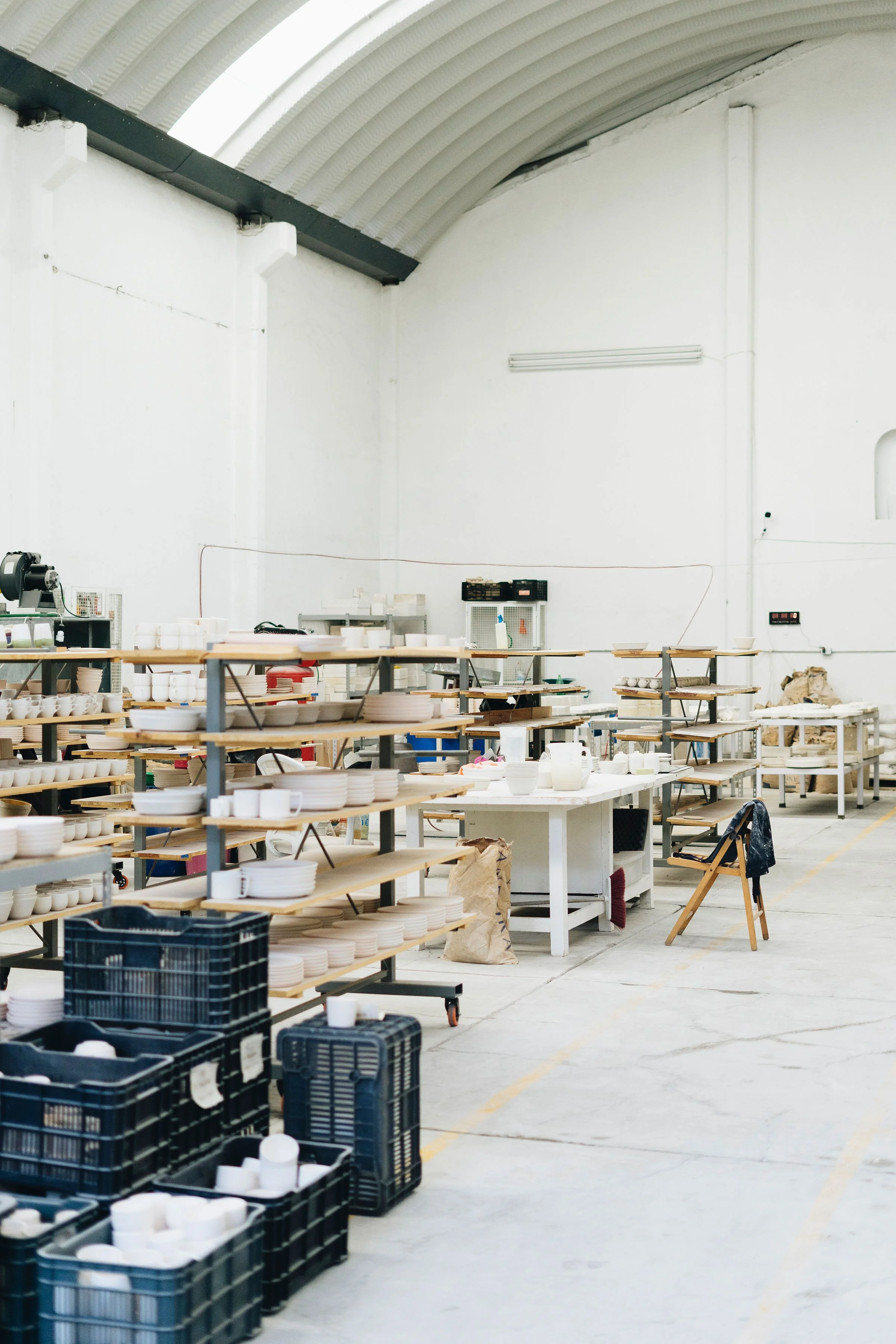in search of a better way to grieve
After my parents Jam and Helena Jamadi passed in 2017 and 2018 I was uprooted. While it was hard to grapple with their absence, it seemed equally hard to reconcile what was left of their presence…their ashes. While both of my parents were cremated, I had distinctly different experiences with each death. When my dad passed, we picked out an urn at the mortuary (from a dismal collection) and the entire process felt about as transactional as buying a new set of dishes. My mom was cremated but per her wishes, we would bring her ashes to her native Finland so we picked out “mini” urns (from the same dismal selection) so that my sisters and I would have a little bit of mom once we buried the bulk of the ashes in Finland. Not purchasing a large urn at the mortuary meant her ashes would come in a plastic bag in a cardboard box. It felt void of everything my mom meant to me.
During my grief process, I would talk to people who would share that they too had a box of ashes somewhere in a closet, almost like they and the pain were hidden away. The Western world is good at not talking or dealing with death but I didn’t want my parents to be hidden away. I also realized that cremation takes out the ritual component of visiting someone at their grave and this “visitation” was something that I yearned for. In my work as a travel photographer, I have had the privilege of experiencing cultures that process death in meaningful ways. I thought about the cremation ghats in Varanasi, India, or the celebration of life parade I stumbled upon in Bali. Both of these experiences happened prior to my parents' deaths, and now here I was with those memories, searching for tendrils of a similar sentiment.
KUNOKAIKU was born from these experiences. I knew I wanted to create something beautiful, enduring, and something that elicited a ritual for remembrance. KUNOKAIKU is inspired by my heritage and my parents’ home countries. KUNO means ancient in Indonesian and KAIKU means echo in Finnish. I wanted to create something that met my primal need to honor my parents but could also keep their echo vibrating moving forward. This is for you, Mom & Dad.
HECHO EN MéXICO
MENAT STUDIO
All of our urns are designed and made in collaboration with Menat Studio in Mexico City. They are made of high-temperature ceramics, also known as stoneware. Fired at over 2000°F, minerals compress almost to their maximum, resulting in very resistant pieces. Each urn is guided by hand through pouring, sanding, and glazing with acute attention and care. A custom matte glaze was created to achieve the desired color as well as keep the integrity of a slight texture to the material. The entire process takes 2-3 months depending on the size of the urn. The medium and large urns are comprised of a top and bottom piece and therefore made as pairs during production. This is due to the minor variations of hand sanding and therefore each piece will perfectly fit with its’ counterpart and therefore cannot be interchangeable between other pairs. We love how this mimics your connection with your loved one. You and your loved one have a certain “fit” and connection and is never interchangeable or replaceable.




